2013 Honda CBR600RR Review - Track Impression - Motorcycle.com
Boasting the second lightest weight and one of the best-handling chassis in the supersport class, the modestly updated CBR600RR remains a force with which to be reckoned. We put it to the test in a recent media event at Chuckwalla Valley Raceway.
For 2013 Honda upgraded the 600RR with a 41mm Big Piston Fork (BPF) – which we lauded in our street test – a revised shock with new damping settings, MotoGP-inspired bodywork with a redesigned centrally located ram-air intake system, and new ECU mapping. Also worth mentioning are the 12-spoke wheels (same weight as last year’s 3-spoke wheels) from its 1000cc big brother and new tank badges denoting its flagship status among all Honda models.
For those scornful of electronic rider aids, look no further than the CBR because it remains devoid of recent technologies such as power modes, traction control, a slipper clutch or even a gear-position indicator.
The only optional technology CBR purchasers have to consider is the electronically controlled braking system (C-ABS) available on the all-red 2013 model CBRs. Honda’s C-ABS ( explained in its entirety here) is not your average ABS system. With no evident pulsation at either brake levers, a CBR pilot is none the wiser to when the system’s functioning. On the street, ABS can be worth its weight in gold. But on the track, Honda’s hefty C-ABS might not be worth its weight.
| Weight Comparison Chart | |||
| Weight With Fuel (Claimed) | Weight of Fuel (6.2 lbs/gal) | Weight Without Fuel | |
| Honda CBR600RR/C-ABS | 410/432 | 30 | 380/402 |
| Kawasaki ZX-6R/ABS | 423/428 | 28 | 395/400 |
| MV Agusta F3 675 | 426 | 27 | 399 |
| Suzuki GSX-R600 | 412 | 29 | 383 |
| Triumph Daytona 675 | 405 | 29 | 376 |
| Yamaha YZF-R6 | 417 | 28 | 389 |
Tipping the scale at 22 pounds, Honda’s antilock system is likely the heaviest such arrangement mounted on a sportbike. It transforms the second lightest bike in the supersport category to the most corpulent. At street speeds the additional poundage remains largely unfelt, and its panic-stopping benefits exceed the weight penalty. At the track, however, the extra load is detrimental to lap times. I wasn’t the only editor whose lap times were negatively affected when aboard the C-ABS model.
As far as not introducing an all-new 600RR since 2007, Honda’s done a commendable job of upgrading the CBR without diminishing its strongest qualities. “The Honda CBR600RR offers supremely easy steering; and its wonderfully stable chassis ideally balances the feathery steering response,” was our opinion of the CBR when we last tested the bike against its closest 600cc rivals in 2011, and the sentiment remains. Considering the 600RR retains the non-centralized weight and out-of-vogue under-seat routing of its exhaust emphasizes the handling prowess of its chassis.
While the price of this year’s CBR is $50 less than last year’s model, it’s not much consolation when comparing the CBR to Kawasaki’s new 636 Ninja. For only an additional $209, not only are you getting 37cc more displacement and the resultant torque increase, but also technologies including a slipper clutch and traction control.
With the majority of sportbikes equipped with rider aids, the CBR600RR forces the use of the long-ignored trifecta of clutching, throttle blipping, and downshifting when entering tight first-gear corners. After laying a few darkies during corner entries, the process again became second nature, but the omission of a slipper clutch remained present throughout our day at the track. The downshifting process did, however, highlight the sublime ability of the CBR’s transmission to smoothly match gears when spinning high RPMs, making the non-existent slipper clutch more tolerable.
| Electronics Comparison Chart | ||||||||
| MSRP | Slipper Clutch | ABS | Traction Control | Quick Shifter | Power Modes | Programmable Engine Braking | Anti-Wheelie | |
| Honda CBR600RR C-ABS | $12,490 | x | ||||||
| Honda CBR600RR | $11,490 | |||||||
| Kawasaki ZX-6R ABS | $12,699 | x | x | x | x | |||
| Kawasaki ZX-6R | $11,699 | x | x | x | ||||
| MV Agusta F3 675 | $13,499 | x | x | x | x | x | ||
| Suzuki GSX-R600 | $11,599 | x | x | |||||
| Triumph Daytona 675 | $11,599 | x | ||||||
| Triumph Daytona 675R | $13,499 | x | x | x | ||||
| Yamaha YZF-R6 | $10,990 | x | ||||||
The same can be said of the lack of traction control. Where corner exits on the 636 Ninja at the same track months earlier were navigated with aggressive confidence, the same corner exits on the 600RR were of a more tentative nature. Scoff if you like, technophobes, but for a trackday enthusiast of average ability, traction control may be the only thing between a fun day at the track and bodywork oblivion.
Considering this is a track evaluation, we’re emphasizing the go-fast electronics that Honda chose to forego on this year’s supersport model while also focusing on the bike’s performance strengths. For trackday riders, the absence of these rider aids might be a critical factor in deciding which bike to buy. For street riders, the lack of a slipper clutch or TC isn’t as important and won’t do as much for saving your skin as will Honda’s C-ABS.
But even then, the ABS-equipped Ninja 636 remains only $209 more than the C-ABS Honda and adds just five pounds to the bike’s curb weight, making the Ninja lighter than the C-ABS-equipped CBR by four pounds.
For Honda supporters looking to purchase a new supersport this year, the lure of the Ninja and its included rider aids for a nominal price increase over the CBR makes this is a particularly tough purchasing decision.
Related Reading
2013 Honda CBR600RR - First Ride Street Impression
2013 MV Agusta F3 675 vs. 2012 Triumph Daytona 675R - Video
2011 Supersport Shootout - Street - Video
2011 Supersport Shootout - Track - Video
2011 Middleweight Sportbike Shootout - Street - Video
2009 Honda CBR600RR C-ABS Review
More by Tom Roderick



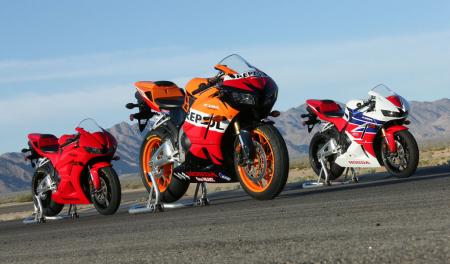




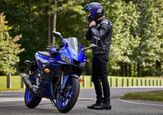
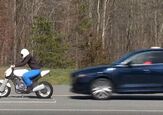
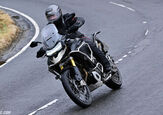
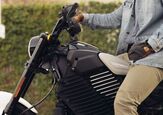
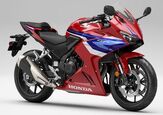
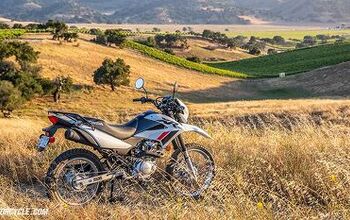

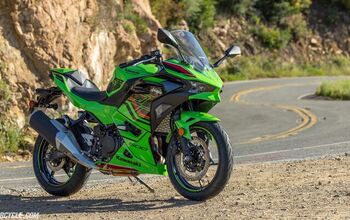
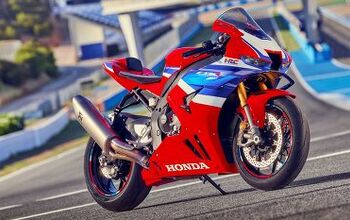
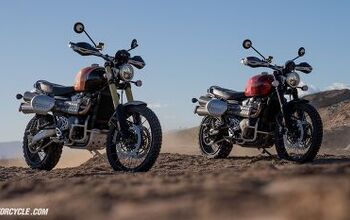
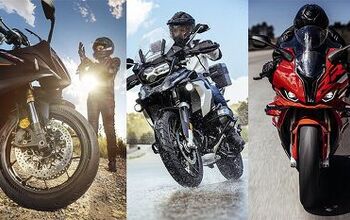

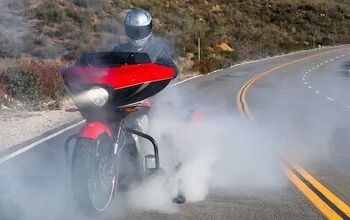
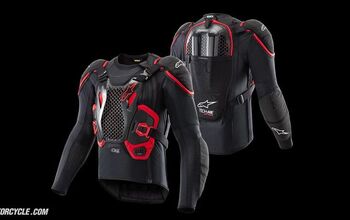
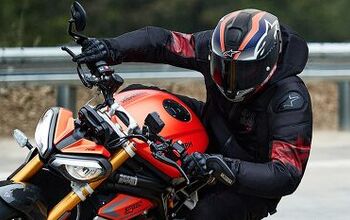
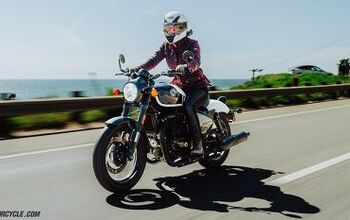
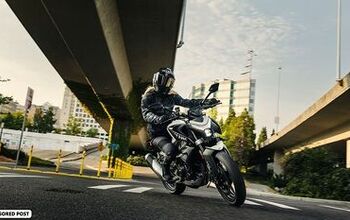


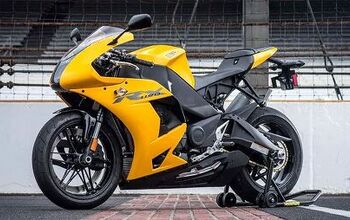
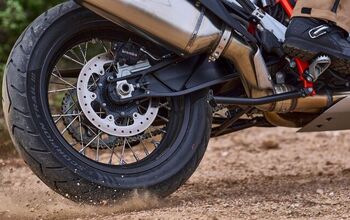

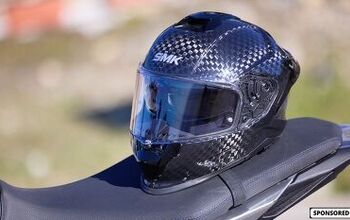
Comments
Join the conversation